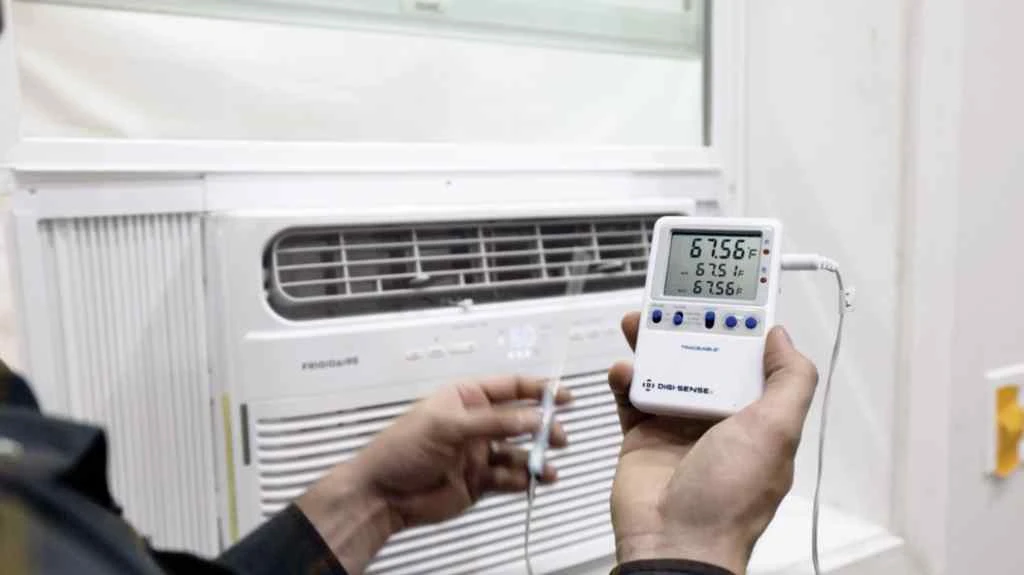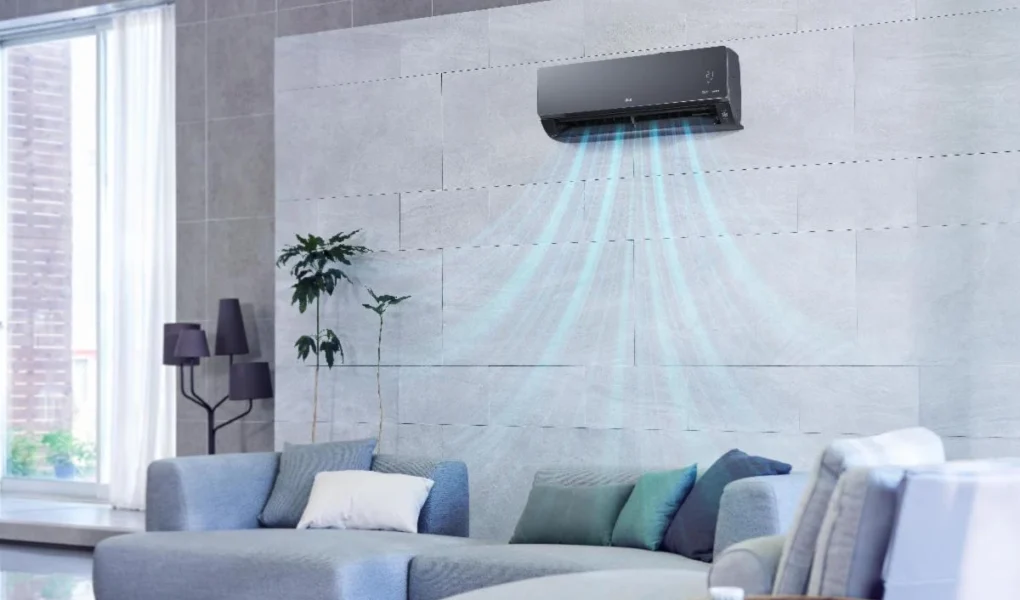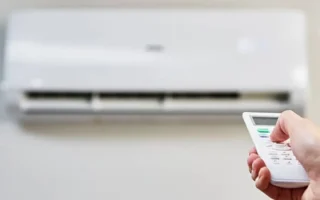When considering the electricity cost of a window air conditioner, weighing both benefits and drawbacks is essential. These units can be quite efficient for cooling specific rooms, especially if you only need relief in certain areas during hot months. Their compact size often makes them more affordable upfront compared to central systems. Their energy consumption varies depending on unit size, usage habits, and local climate conditions. Users can significantly minimize costs by selecting an energy-efficient model and implementing smart practices like regular maintenance or timer settings. Window ACs generally have lower installation expenses than central air conditioning systems. For those who live in smaller spaces or rent apartments without built-in HVAC options, these units provide a practical solution while avoiding hefty electric bills associated with larger setups. If used correctly and maintained well, a window air conditioner can be a worthwhile investment for comfort without breaking the bank on your electricity bill. It’s about finding that balance between personal comfort and responsible energy use.
Factors that affect energy usage in window air conditioners

Several factors influence the energy consumption of window air conditioners. The size of the unit plays a crucial role. An oversized AC cools too quickly, leading to higher energy use and humidity issues. The efficiency rating is another key element. Energy Efficiency Ratios (EER) are important factors to look for in a unit. These models consume less electricity while delivering optimal cooling performance. Installation also matters significantly. A poorly sealed window can lead to leaks, forcing the unit to work harder and drain more power. Ambient temperature affects usage as well. On extremely hot days, your AC will have to run continuously, resulting in increased electricity bills.
How to determine the energy efficiency of a window air conditioner
To gauge the energy efficiency of a window air conditioner, start by checking its Energy Efficiency Ratio (EER). This number is calculated by dividing BTUs’ cooling capacity by watts of power consumption. A higher EER indicates better efficiency. Look for units with an ENERGY STAR label. These models meet strict guidelines the EPA sets and often outperform non-rated counterparts in energy savings. A programmable timer and adjustable thermostat are important features to consider. These can help you manage usage effectively. Even the most efficient unit will only work if your room isn’t sealed against heat or cold leaks. Proper installation also plays a crucial role; it can significantly affect how much electricity your AC consumes while operating at peak performance levels.
Tips for reducing energy usage in window air conditioners

Keeping your window air conditioner efficient is easier than you think. Start by ensuring it’s properly sealed in the window to avoid cool air escaping and warm air leaking. Regular maintenance plays a big role, too. Clean or replace filters monthly to maintain airflow and efficiency. A dirty filter can increase energy consumption significantly. Using a programmable thermostat. This allows you to set specific temperatures for different times of day, preventing unnecessary cooling when you’re not home. Another easy tip: close blinds or curtains during peak sunlight hours. This reduces heat gain indoors, allowing your AC to work less hard.
Comparison of window ACs to central air conditioning systems
Window air conditioners and central air conditioning systems serve the same purpose: keeping your home cool. However, they operate differently. Window units are designed for individual rooms. They’re easy to install and require minimal maintenance. This makes them popular for apartment dwellers or those wanting targeted cooling. Central ACs, on the other hand, provide whole-house cooling through ductwork. While they can be more efficient for larger spaces, installation is complex and often requires professional help. Energy consumption varies significantly between the two systems. Window units typically use less electricity if you only need to cool one area at a time. Central systems may consume more energy but offer consistent temperatures throughout your home. Cost also plays a role in this comparison. Window units generally have lower upfront costs than central air installations, which can cost thousands of dollars.
Cost savings and environmental benefits of using a window AC

Window air conditioners offer significant cost savings compared to central AC systems. They use less energy, cooling only the rooms you actually occupy. This targeted approach means lower electricity bills every month. From an environmental perspective, window units have a smaller carbon footprint. Their efficient design reduces energy consumption, leading to decreased greenhouse gas emissions. Fewer resources are consumed when cooling one room than the entire house. Many modern window ACs come with eco-friendly refrigerants that lessen their impact on global warming potential. Choosing these models can lead to more sustainable living without sacrificing comfort during hot months. Investing in a window air conditioner keeps your space cool and aligns with eco-conscious values and budget considerations.




